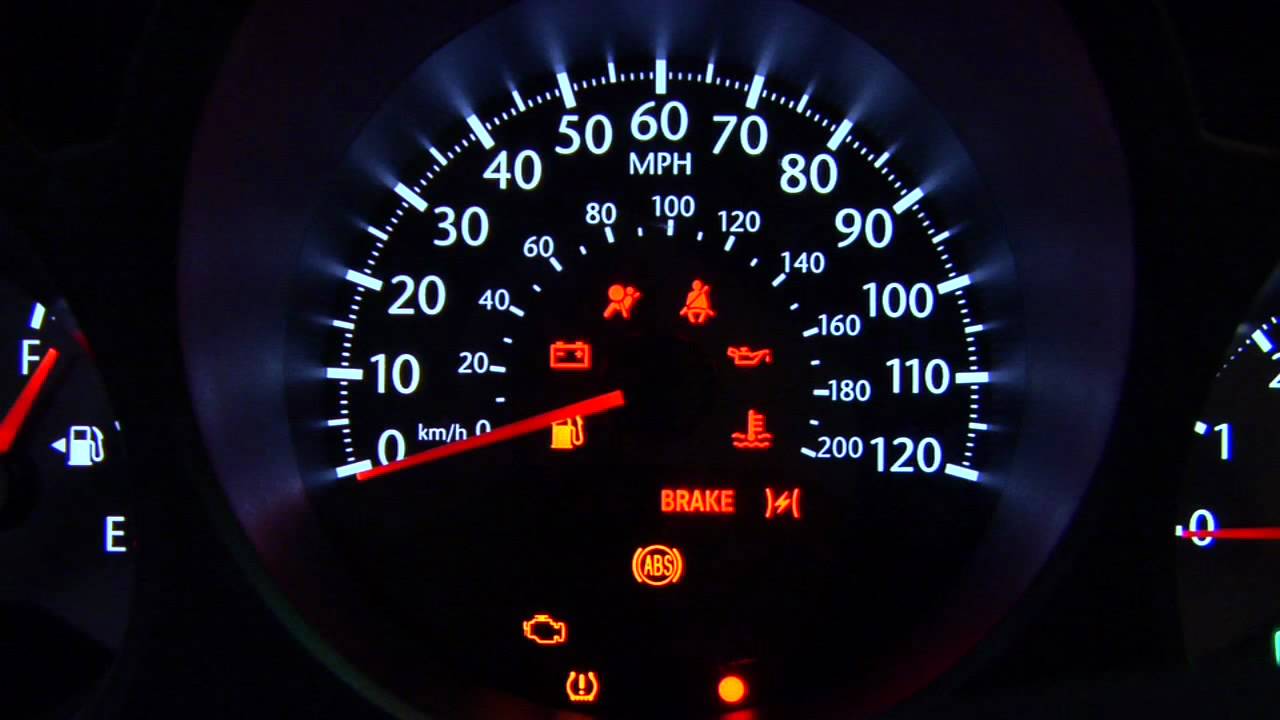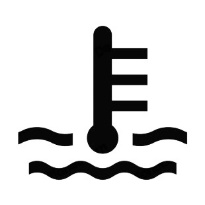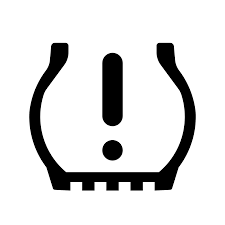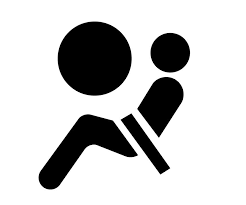
Your dashboard warning lights are your car’s way of telling you something’s wrong. As a general rule of thumb, dashboard warning lights have a traffic light colour code. Green lights are for informational purposes, amber lights need you to take action and may need to visit a garage, but not straight away and red lights need your immediate attention.
We’ve produced this short guide to help you understand the most common dashboard lights our customers ask us about.

Engine Management Warning Light
If your engine warning light is illuminated, often it’ll be accompanied by some unusual symptoms – possibly a lack of power, as the car has gone into ‘safe’ mode; an intermittent stuttering as you press the accelerator, caused by a misfire; or another fault which could alter the normal response from the engine. Sometimes this can be down to something as small as a faulty electrical sensor, although sometimes it can be a larger mechanical issue. If your car’s engine warning light is showing, get a professional mechanic to look over it straight away, as driving around any longer could cause further, and potentially irreparable damage.
We will be able to diagnose the problem by plugging in a diagnostic computer that interprets the error code from your car’s computer. This doesn’t give us a complete picture of what’s wrong with the engine, but it will tell us the location of the sensor that registered the error, which in turn tells us where to look for the cause.

Oil Pressure Warning Light
This light means there’s no oil pressure in the engine. You should stop immediately and check your oil level. If the warning light is on and there is plenty of oil, there is a possible problem which could be caused by the oil pump or a blocked filter.
Oil is essential to lubricate your engine, with the oil pump used to spray the fluid to all corners of your engine. If temperatures get too high, or even worse, level is low or oil pressure drops, the effectiveness of the lubrication can be reduced or lost all together.
The result is serious engine damage, so if you see this warning sign, stop and phone a professional right away.

Brake Warning Light
Your vehicle’s brakes are critical, therefore if this light comes on, it should be checked straight away. If you need to press your brake further than usual, it is possible your hydraulic brake circuits may have failed. If you are comfortable that you have sufficient brake fluid, it may just be a sensor fault, but you should get it checked out straight away.Cars have lots of sensors to check if everything's running smoothly. If there's a problem, the sensor will tell the engine control unit (ECU) which will turn on the engine management light.

Brake System and ABS Warning Lights
If your brake and ABS warning lights come on at the same time, there could be a major fault with the brakes. This is unsafe for you and other road users, so don’t drive the car until the problem has been looked at and fixed.

Anti-lock braking system (ABS) Warning Light
Your car should still be safe to drive, but get your ABS checked as soon as possible if the light comes on while you're driving.

Diesel Particulate Filter (DPF) Warning Light
Most modern diesels are fitted with a diesel particulate filter. DPFs trap tiny soot particles which are harmful to health, and convert them to harmless ash when the exhaust system gets hot – but this doesn't happen on short journeys. If the DPF is full, it'll need replacing which can be very expensive.
Stop-start driving can cause the DPF to get blocked so you may be able to clear it by driving for 15 minutes at over 40mph – check your owner's manual for more specific advice.

Water in Diesel Filter Warning Light
If the light comes on while you're driving, there could be water in your fuel filter, or you may have filled up with contaminated fuel. If you have recently re-fuelled you should stop immediately. If however, you haven't refuelled, it's safe to drive to a garage to have the filter drained or changed – get this done as soon as you can to stop damage to the injection system.

Coolant Warning Light
Without any coolant, your car’s engine would get so hot it would effectively ‘weld’ itself together. This light could mean coolant levels are running low, so check the gauge on the side of the coolant tank under the bonnet and top up if necessary.
In conjunction with a temperature gauge reading well into the red, it could mean your engine is overheating. This is either the sign of a larger problem – like a head gasket failure – or symptomatic of something less major, like a leak in the system somewhere, meaning you’re engine has run low on coolant and got too hot. Get it seen to as soon as possible to avoid a potentially expensive repair bill.

Battery Charge Warning Light
You should see your battery charge warning light when you first turn your car on, but it should go out after a couple of seconds. If it doesn’t, there could be a problem with your car’s electrical system.
This could be to do with a faulty alternator, faulty battery, a bad connection or damaged cabling somewhere in the engine. If your car isn’t charging its battery when moving (the job of the alternator), then you could eventually run out of electrical power and grind to a halt. If you carry on driving without knowing the cause, it could result in serious engine damage.

Tyre Pressure Warning Light
The purpose of the TPMS (Tyre Pressure Monitoring System) is to alert you when tyre pressure is too low and could create unsafe driving conditions. If the light is illuminated, it means your tyres could be under inflated, which can lead to undue tyre wear and possible tyre failure. You should have your tyres checked as soon as possible if this light is illuminated.

Air Bag Warning Light
If this is illuminated it indicates a fault with the air bag system and should be checked as soon as possible. It can be simple to resolve, often caused by a faulty sensor.
